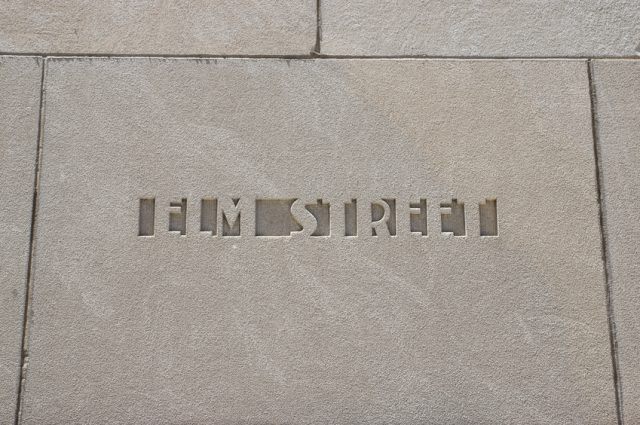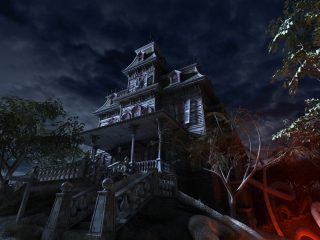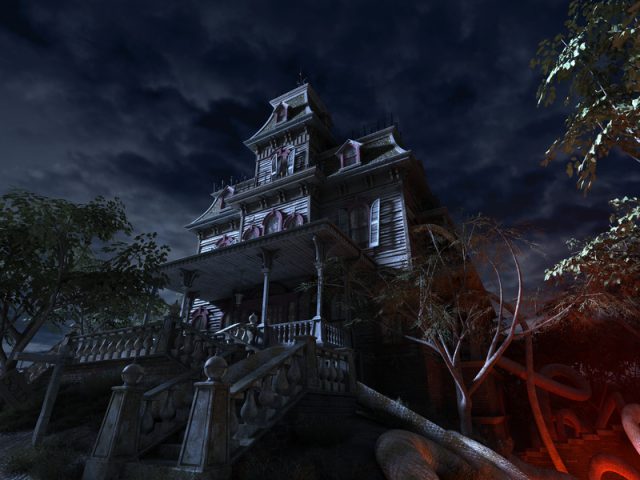Best Way to Prepare Your Property as a Landlord to Rent to Students
Renting property to students is a path trodden by many landlords for several reasons. Firstly, students tend to rent for the entire duration of their programme. This translates to constantly occupied property and consistent income for landlords. Secondly, there is a lower risk of rent default amongst students, as the norm is to include rent in calculated academic expenses for the year.
However, as much as renting your property to students might be profitable, only properties adequately prepared to cater to the student audience will be inhabited.
It doesn’t matter whether you are planning to rent your property to students for the first time, or you’ve had student tenants for decades and your property needs to be renovated, here are the best ways to prepare your property:
- Provide white goods
You student tenants will prefer properties with items such as washing and drying machines, refrigerators, vacuum cleaners and others. Providing them with such items increases comfort and makes cleaning easy. In addition, this helps the students save the money they would have spent on cleaning and maintenance bill at the end of the year. Most students will ignore your property if they have to use a laundrette or go through the inconvenience of doing laundry at a friend’s house.
- Embrace quality furnishings

Best Way to Prepare Your Property as a Landlord to Rent to Students
For the modern day student, shabby and chic no longer work. Your property will command more attention if it has higher quality finish. You should focus on providing simple, easy to clean and modern furnishing.
Look beyond installing the typical furniture (think bed, wardrobe and desks) and consider adding utensils and gadgets. Extras like flatscreen TVs are not out of place. They are now common in modern student accommodation, especially where rent is marketed as all-inclusive. These little extras will not eat deep into your income and can impact positively on the attractiveness of your property on property advert sites like The House Shop. You can also comfortably charge a little bit more on a monthly basis.
- Consider providing free wifi
You can stay on top of your competitors by offering free wifi for your student tenants. Fast and cheap broadband is a big draw for tenants. The internet is more important than ever for modern day students. Saving them the hassle of finding their own internet service will surely impress most of them.
- Stick to dark colours
It’s a good idea to choose darker paint colours for students, even though it is common knowledge that using neutral colours may appeal to the average tenant. You can avoid wear and tear while keeping your property looking clean and smart by using dark colours such as dark brown and grey.
- Keep privacy in mind with layouts
In many student properties, the physical layout is very important. Even when students live in large groups, they do not want any compromise on privacy. This is why properties with separate suites and multiple bathrooms are more appealing. However, this shouldn’t rule out a well-furnished communal room for housemates to converge in. The room can be a recreation room or a standard large sized living room.
- Incorporate electric instead of gas
As mentioned above, student life is a new experience for most of your target audience. Incorporating electric instead of gas into your property will reduce accidents that may occur with people cooking for the first time for example. Regardless of what the insurance policy looks like, you don’t want to hear about a fire incident at your property at any point.
- Make the flooring easy to maintain
Wooden floors are regarded as the best option for the average tenants, but for students, it is not a practical option. Cheap and easy-maintain options such as linoleum will help you avoid expensive maintenance while reducing your initial spending. Do you have wooden flooring in the living areas already? Consider using lino in the bathroom and kitchen. These are two points that see the highest degrees of wear and tear, as they require regular cleaning.
Follow the above guidelines to help you prepare for your student tenants, keep you property fully rented at all times and keep maintenance costs at affordable levels.








